
Rhodiola rosea is a plant that grows in almost all cold regions of the world. It even grows in the Arctic and mountainous parts of the world, all areas up to 2280 meters elevation. Rhodiola rosea is a dioecious plant that has separate female and male plants, reaching 5 to 35 centimeters in height, with several shoots growing from the same thick root.
Other names
This flowering herb in the Crassulaceae family is also known as Arctic root, golden root, rose worth, and roseroot. It is characterized by spiky blue-green leaves and its bright yellow flowers. The plant’s root is most commonly used for medical purposes.
Health benefits of Rhodiola rosea
Rhodiola rosea is known as an effective natural remedy for physical and mental health. Rhodiola rosea has natural components that work to improve mood and alleviate symptoms of depression. It also improves mental alertness and reduces fatigue. However, unlike many other stimulants, this herb doesn’t contain any kind of chemical similar to nicotine or caffeine. It induces changes in serotonin and dopamine levels due to monoamine oxidase inhibition. This plant is cultivated in Russia for many centuries and used to prepare an energy boosting beverage. The plant has been used even by the Romans, in the first century A.D., as a remedy for headache, fatigue, impotence and infections.
Rhodiola rosea alleviates all kinds of stressors, both physical and mental ones. It is good for extremes of temperature, trauma, and exposure to toxins, fatigue, sleep deprivation, infection, or psychological stress. It minimizes the harmful effects of these stressors and restores body’s optimal function.
Active compounds and dosage
The root of the plant is rich in antioxidants, tannins, flavonoids, and rosavins. These active compounds can produce antidepressant and anti-anxiety effects. The plant is nontoxic, non-addictive, and don’t cause any kind of side effects. The most active components of Rhodiola rosea are rhodioloside and tyrosol, and other components are inactive alone but may work in synergy with the others.
How it is used?
Rhodiola rosea is used in the forms of capsules, tablets or tinctures. The capsules usually contain 100 mg of a standardized amount of 3 percent rosavins and 0.8–1 percent salidroside. This is the exact ratio found in the natural root. A typical dosage is one or two capsules or tablets daily. A high dose is considered to be daily intakes of 1,000 mg and above. High doses may provoke side effects including irritability, insomnia, fatigue, and allergies. To get the best results, is recommended to adopt a course of treatment that involves alternating intervals of consumption and abstinence.


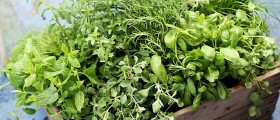

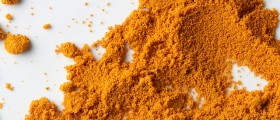
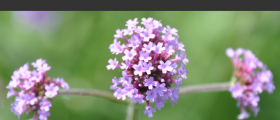
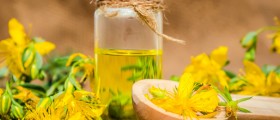
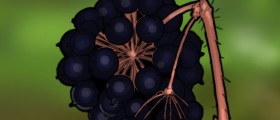
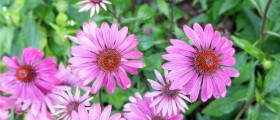
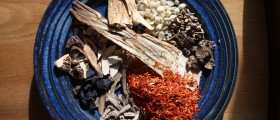
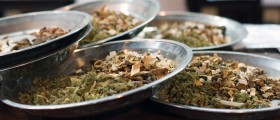


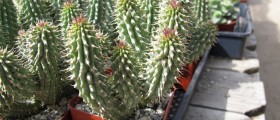
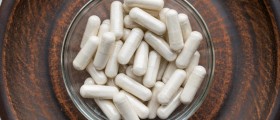
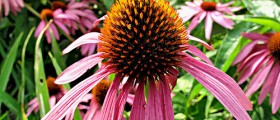
Your thoughts on this
Loading...